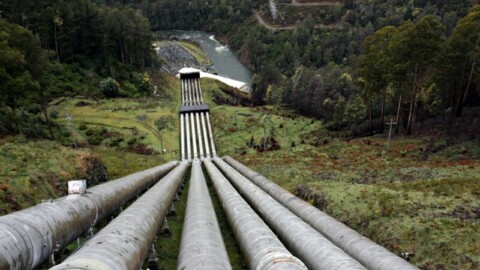By Suzanne Motica
Constant change has become the norm, and the need to adapt to this ongoing change has become critical for survival. In this article, read why it is imperative that businesses adopting new technologies and processes understand how these shifts will impact the workforce and adopt a sustainable change management strategy.
Change seems to be the new normal. As organisations continue to adopt new technologies, standard processes or organisational changes, it’s imperative to understand how these changes will impact your workforce and how to adopt a viable strategy for this change. By employing change management and adoption strategies, you can navigate through the inevitable turmoil when change arrives.
The evolution of change management
The meaning of change management has evolved. In the past, the term was associated with something like an immediate response to tackle big, often negative, initiatives, such as a hostile merger or company downsizing.
Today, change management is widely accepted as the human-centered, structured approach to transitioning individuals, teams or organisations from a current state to a desired future state. It’s about building fundamental employee engagement and getting everyone aligned toward a common goal.
The change management challenge
While change is inevitable and necessary in the current business climate, it’s not always easy to achieve. In fact, according to a study by McKinsey, 70 per cent of change management programs fail to achieve their goals.*
We know when change management has been successful because we can see firsthand these key, common elements of effective project implementation:
- Clear communication of vision and objectives — everyone on the team must understand the desired end state and why it’s important to work towards it
- Strong project sponsorship and champions who fully promote and embrace the changes, and spread support for the initiative to others
- Sufficient resources dedicated to the activities required, with clear roles and responsibilities defined
- A deep understanding of the change pattern individuals must go through for an organisation to realise desired outcomes
On the flip side, change can all too often fail in an organisation when there is:
- No clear picture of the future
- Insufficient buy-in from the team, whether at the executive level or with end users
- An underestimation of the amount of work involved
- A shortage of resources to implement changes
- Lack of leadership, ownership and focus
- A failure to prioritise people management and the change process each individual must undergo
The InEight change playbook
At InEight, we have differentiated ourselves by building a dedicated client success team that is not only certified in change management, but also has extensive experience in the construction and engineering industry. Our team provides a wealth of best practices and lessons learned from prior implementations.
InEight has partnered with our project sponsors to create a comprehensive change management plan that covers such items as:
- Communication plans and strategies
- Risk assessment plans
- Sponsor roadmaps
- Training and adoption
Our client success team guides the project sponsor through the development of all customer-specific plans related to change management, and follows a comprehensive process to ensure project success and adoption.
Our iterative approach to change is based on human-centered design and behavioral economics to strengthen your employees’ ability and commitment to achieve the desired goal.
We believe an organisation that puts its people at the heart of change is more likely to deliver successful outcomes and gain a clear competitive advantage.
*Changing Change Management, McKinsey & Company, July 2015
This partner content is brought to you by InEight. To learn more about InEight’s change management support for your business, click here.


















